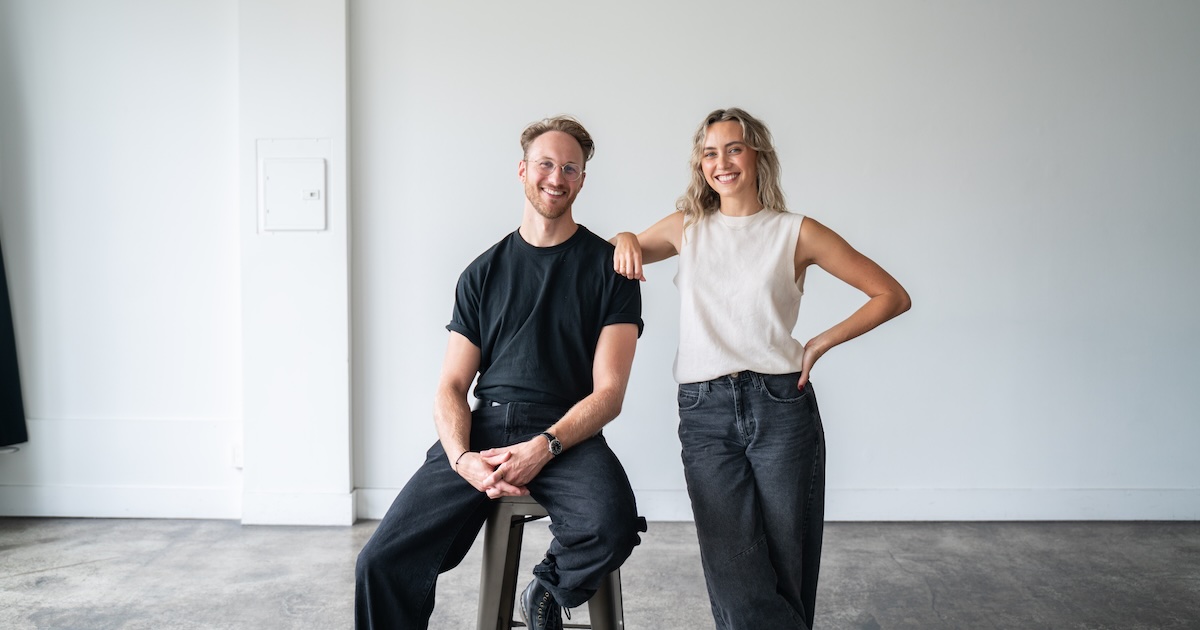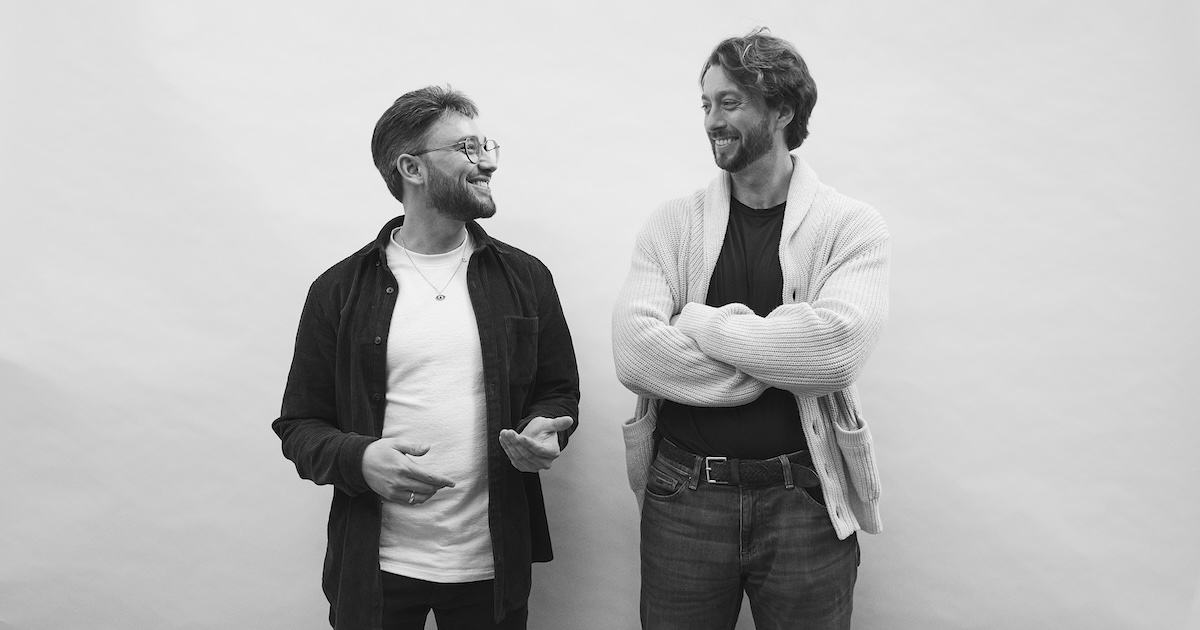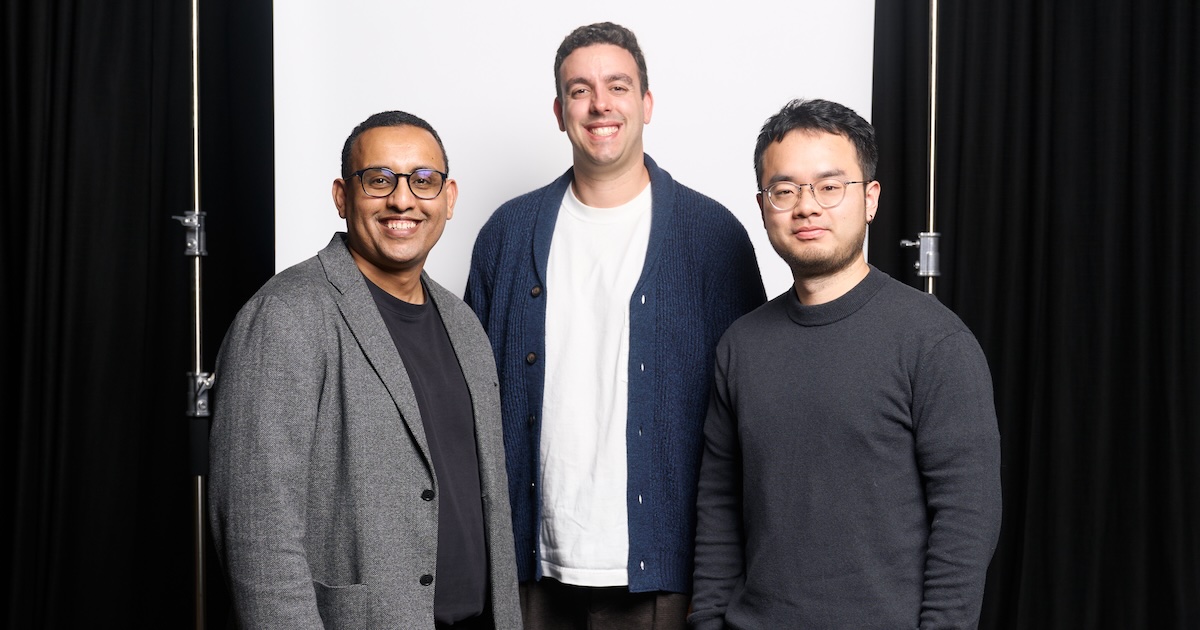
We’re Small Not Big
The Australian venture capital industry at the beginning of 2017 is undersized.
We believe the Australian venture capital industry at the beginning of 2017 is undersized not oversized. The amount of dry powder — capital that has been raised but not yet invested — is smaller than you think. Funds have been partially invested already, some of the capital is aimed at non-Australian startups and as our successful companies raise larger follow-on rounds the dry powder vanishes quickly.
I was speaking at the AVCJ Conference last week, so I pulled some numbers on this.
The best numbers on venture capital come from our industry association, AVCAL which reports that there was $567m raised by venture capital funds last financial year*. If we add the $325m raised in FY2015, the total raised over the last two years was almost $900m. It’s a big step up from the average of $140m raised each financial year for the prior 5 years.
I can see why some in the investment industry are worried about this. Are there enough good Australian startup companies around to absorb this capital? Is competition pushing prices up? Are we heading for a bubble?
Here’s why I think the Aussie VC market is still undersized:
- Some of that $900m raised in the last two years has already been invested, leaving us with a smaller amount of “dry powder” left to invest. From my knowledge of other funds, I’ve estimated this dry powder at $600m.
- Some of this dry powder is directed at offshore companies. Again from what I know of the largest funds’ strategies, we’ve actually only got about $440m dry powder pointed at the Aussie startup ecosystem.
- This is a ridiculously small amount, especially as we start to get some successful companies in the market that require more capital to grow. For example at Blackbird we invested $22m into Canva over the last two rounds — the equivalent of 5% of the total dry powder in the market into one company. The recent Prospa round led by Airtree was $25m, while One Ventures led a $25m round into Vaxxas and Aussie company Deputy raised $33m from US sources. Bang, there’s the equivalent of over 20% of our dry powder gone in 4 successful Aussie mid-stage companies in a 12 month period.
- Let’s compare the Aus market to the US VC market. I’m the first to admit that the Australian ecosystem is way smaller than the US market. But let’s just do some comparisons for fun:a) In the last two years US venture capital funds raised A$102 billion. So the Australian VC market raised 0.9% of the US market.b) In 2016 alone 21 US venture capital funds were raised that are individually bigger than the WHOLE amount raised in the Aus market in that year.c) In 2016 alone 7 US venture capital funds were raised that are individually bigger than DOUBLE THE WHOLE amount raised in the Aus market in that year.
- If you model out active startups, their funding stage and average capital requirements, the current dry powder in the Australian VC system will only support about 150 active fund raising startups. This is actually the number that I said was woefully low at the conference last week (rather than the amount of venture capital as reported). In the USA VC funded just over 8,000 startups last year which was down from 10,000 the year before.
What about all that US money investing here? Yes, it’s true that there is capital pointed here from offshore VCs, but there are still only a handful companies a year in Aus that truly access the global markets. They’re often the best and the ones we Aussie VCs want to be in. It’s our job to make sure that we have investment strategies that earn us a seat at the table in these companies.
More anecdotally, while we’ve invested alongside other investors a bunch of times, we’ve never had to go head to head with another Aussie VC in a “term sheet war” like we often see in Silicon Valley where capital is much more available.
Finally if you don’t believe me, just go and ask any Australian tech founder how easy it is to raise capital for series A rounds in Australia. I don’t think you will get a feeling that it’s too easy, or that our venture system is awash with capital.
Things have started well for the new group of Aussie VCs who have emerged since the financial crisis of 2008. There will be many small failures and some big ones, but this is what venture is all about. It’s a home run strategy where a small number of the investments we make will create most of the returns for the industry. We’re all hoping to have enough of these winners in our portfolios.
Even if we fail I don’t think the underlying problem is that too much capital has been raised by Aussie VCs in 2015 and 2016.So your next question is, how much capital is enough? Watch this space for part 2 coming soon.
Source: AVCAL 2016 datafile. I know this report misses some sources of capital, but it’s the best data we have on the ecosystem and this is about order of magnitude, not exact figures. For example, it doesn’t include the new Commonwealth Government backed Biomedical Translation Funds raised in December 2016 after the report was completed. These are focussed on drug and medical device development. It’s a wonderful initiative which will allow great Aussie medical research to be commercialised. The space has been starved of capital for too long and I don’t think anyone’s worried about there being too much capital there. The number includes a few corporate VC funds, but probably doesn’t include allocations to venture investing inside corporates.






%202.avif)





